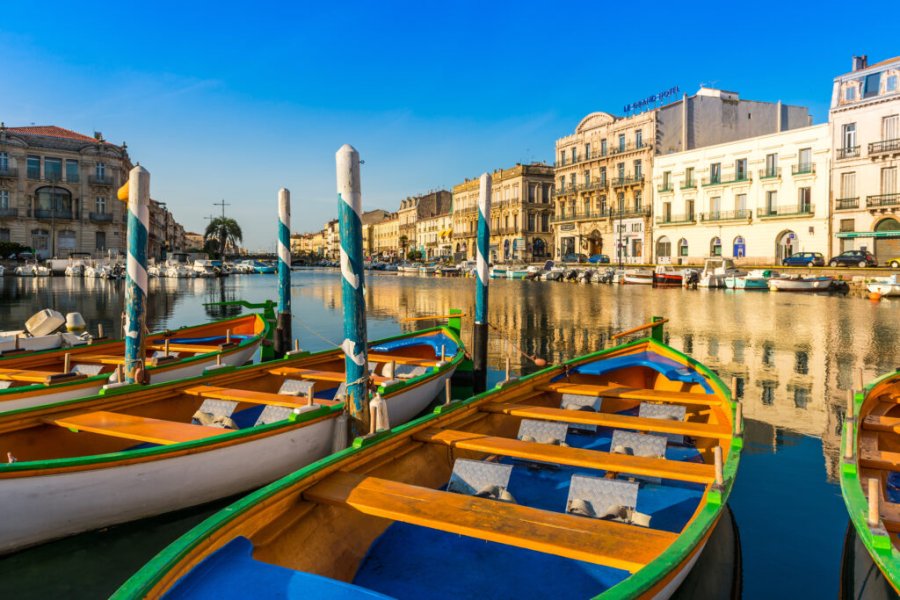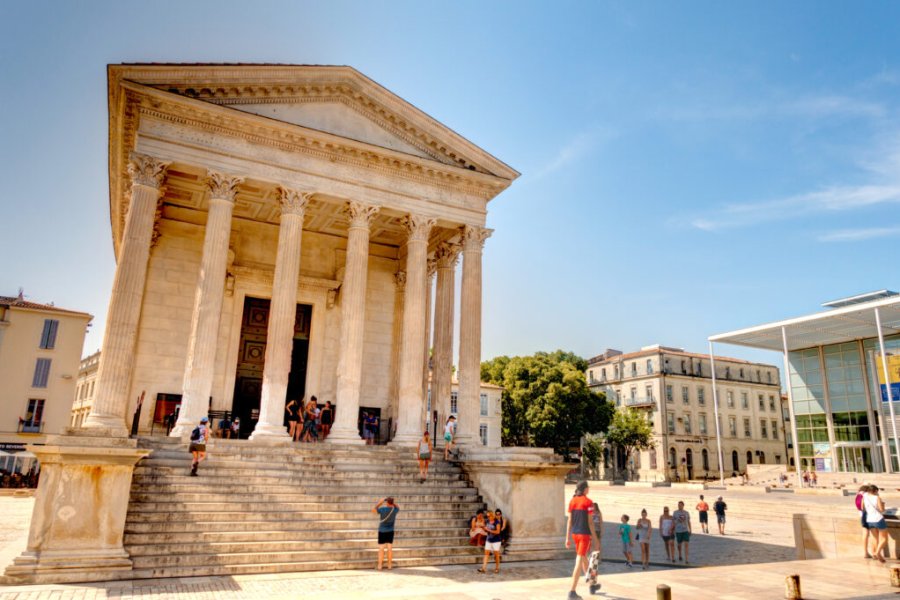Travel Guide Bijeljina
Find an accommodation
Advertising
Bijeljina/Бијељина (pronounced biyélyina) has a population of about 42,000, of which 84% are Bosnian Serbs. It is the capital of the municipality of Bijeljina (population 105,000), in the Bosnian Serb Republic. The city is 11 km southwest of Serbia (Pavlović Bridge), 40 km southeast of Brčko and Croatia, 70 km northeast of Tuzla and 107 km north of Srebrenica(via Zvornik). Bus connections: see bus station.Bijeljina is the second most populous city in the Republic of Bosnia after Banja Luka and the fifth in the country. Located on an agricultural plain at the northeastern tip of Bosnia and Herzegovina, it is the capital of the small historical region of Semberija, separated from Serbia by the Sava and Drina rivers. Formerly populated mainly by Bosnians, it has suffered the full force of Serbian nationalism since the beginning of the 1992-1995 conflict. If the massacres were less terrible than in Višegrad or Srebrenica, Bijeljina has a bad reputation caused by one of the most emblematic photos of the Yugoslav wars, taken here on April 2, 1992. Today, the city proudly presents itself as culturally "Serbian" while forgetting its rich multi-ethnic past. It even gives the appearance of a quiet city with its well-preserved Austro-Hungarian architecture, its small folklore and tourist complex with a medieval look, its old rebuilt mosque and its large central esplanade that is constantly animated (basketball in summer, ice skating in winter).
Suggested addresses Bijeljina
Weather at the moment
Advertising
Organize your trip with our partners Bijeljina
Transportation
Book your plane tickets
Car Rental
Boat rental
Accommodation & stays
Find a hotel
Holiday rental
Find your campsite
Tailor-made trip
Immersion travel
Services / On site
Activities & visits
Find a doctor



